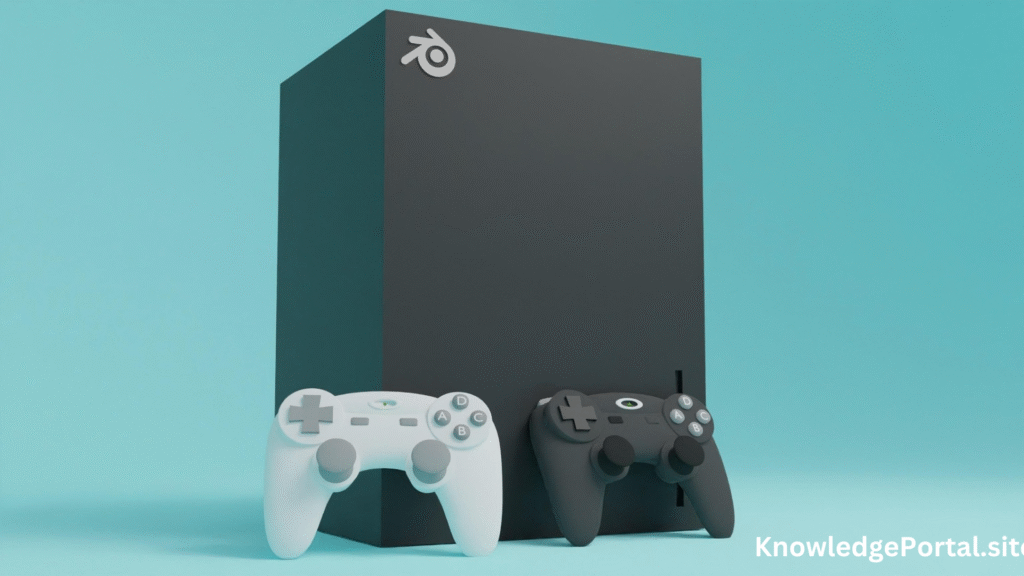Early 2000s were a defining time in the development of instructional computer games. A new generation of students was exposed to an interesting mix of instruction and fun as technology started to penetrate homes and schools on a more extensive level. These 2000 instructional computer games not only moulded the childhoods of millions but also set the groundwork for current edutainment.
We shall explore in great detail the universe of 2000 educational computer games in this essay, stressing famous games, their effects on learning, and why they remain nostalgic but current today.
What set 2000 Educational Computer Games Special apart?
Computers were starting to reach homes and businesses in 2000 as well as schools. Developers found a rich ground thanks to this accessibility to construct interactive, entertaining, and very content-rich instructional computer games. The games from this era distinguished themselves in:
Real-time narrative
Vibrant images (for the period)
Learning grounded on rewards
Multisensory experiences—visual, aural, and kinesthetic—
Parents, teachers, and kids all loved these games since they found a mix between fun and knowledge.
Early 2000s: The Emergence of Edutainment
Though it was not a novel idea, “edutainment”—a mix of instruction and entertainment—flushed in popularity in the early 2000s. Leading creators of entertaining games for learning were developers like The Learning Company, Humongous Entertainment, Knowledge Adventure, and JumpStart. These games went beyond simply memorising data. They called for critical thinking, innovation, and problem-solving.
Designed with particular age groups in mind, the 2000 educational computer games guaranteed that material was age-appropriate and compliant with learning criteria.
Notable 2000 Educational Computer Games: 1. JumpStart Series
Arguably among the most well-known names in educational gaming during the 2000s was JumpStart brand. Through interactive lessons and mini-games, grade-specific games (JumpStart Kindergarten, JumpStart 3rd Grade, etc.) taught arithmetic, reading, science, and more.
Designed with animated tutorials and classroom-like environments, JumpStart games sought to replicate a virtual school experience.
2. The Reader Rabbit
Developed by The Learning Company, Reader Rabbit is among the most popular instructional series of the 2000s. Children improved their reading, vocabulary, and phonics abilities by working on titles including Reader Rabbit Preschool and Reader Rabbit 2nd Grade.
Effective instruments for literacy development, the games blended adventure-style stories with reading-based difficulties.
3. math Blaster
Math Blaster made mathematics attractive among the most fascinating 2000 instructional computer games. Children would go out interplanetary adventures where survival depended on completing arithmetic problems. Math Blaster attracted a broad age group with subjects ranging from simple addition to algebra.
4. Series of Clues Finders
From the writers of Reader Rabbit comes the ClueFinders series, a more adventurous, edgy set of games for somewhat older children (ages 8–12). Titles including The ClueFinders 4th Grade Adventures and ClueFinders 6th Grade Math combined tough academic difficulties with mystery-solving.
The way this series encouraged critical thinking and group problem-solving won accolades.
5. Zoombini
Designed as a puzzle-based game, Zoombinis taught data analysis, pattern recognition, and logic—qualities absolutely vital for STEM education. The odd blue characters had to negotiate difficult surroundings; every challenge grew harder. A cult favourite and still important in conversations on gamified learning was Zoombinis.
Learning Value from 2000 Computer Games
These venerable computer games from 2000 were more than just time wasters. They offered true educational advantages including:
1. Enhanced Cognitive abilities
Games requiring logical thinking and decision-making included Zoombinis and ClueFinders. All important cognitive skills, players must predict outcomes, make ahead of time plans, and see trends.
2. Developing Language and Literacy
Readers Rabbit and Storybook Weaver among other games promoted listening comprehension, writing, and reading. Young readers and English language learners notably found these tools to be quite helpful.
3. Master of Mathematics
Through interesting gameplay, titles like Math Blaster and JumpStart Math pushed numeracy. Children discovered fractions, geometry, and algebra in a stress-free setting.
4. Digital Competency
Long before digital literacy became a main focus of classroom instruction, playing these games familiarised youngsters with using a computer – typing, clicking, navigating menus.
Why Still Relevant 2000 Educational Computer Games?
In a time where smartphones and online learning environments rule, you could question: Why discuss 2000 instructional computer games now? Here is the rationale:
1. Foundational Ideas in Learning
Built on excellent educational theories still regarded as best practice today, such constructivism and experiential learning, these games reflected
2. Utility Meets Remembrance
Parents who grew up playing these games now want for like experiences for their kids. Many old games have been revised or replicated for contemporary systems.
3. Accessibility Offline
Unlike cloud-dependent tools of today, most 2000s educational games were offline CD-ROMs. This made them rather accessible for homes without consistent internet connectivity; this is still a relevant issue in many places nowadays.
Edutainment’s Future: Learnings from the Past
The 2000 educational computer games remind us that the fundamental objective stays constant: making learning interesting and exciting as we enter increasingly advanced types of edutainment including artificial intelligence tutors, virtual reality classrooms, and gamified learning apps.
These venerable games demonstrated how retention is higher and motivation rises when learning is pleasant. Early 2000s games’ simplicity, inventiveness, and educational worth still inspire developers today.
In summary, why 2000 educational computer games demand a comeback?
For educational computer games, 2000 was a wonderful year. Titles from that era mixed teaching with entertainment to provide immersive learning opportunities many of which still bring great memories. These games taught key life skills, promoted a love of learning, and prepared the foundation for today’s digital learning tools.
Reviewing and learning from the classics has immense worth as instructional technology develops. Whether you’re a teacher investigating the origins of edutainment or a parent trying to expose your children to classic games, 2000 instructional computer games provide a rich, sentimental, and enlightening trip worth investigating.